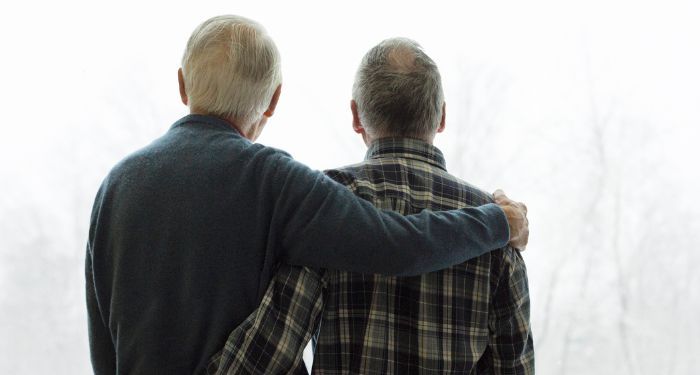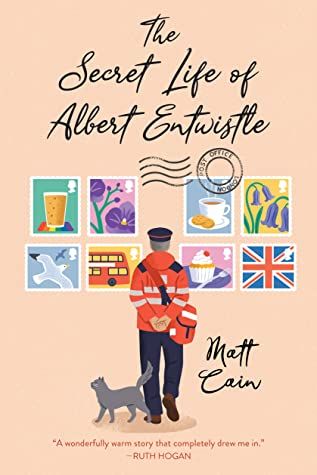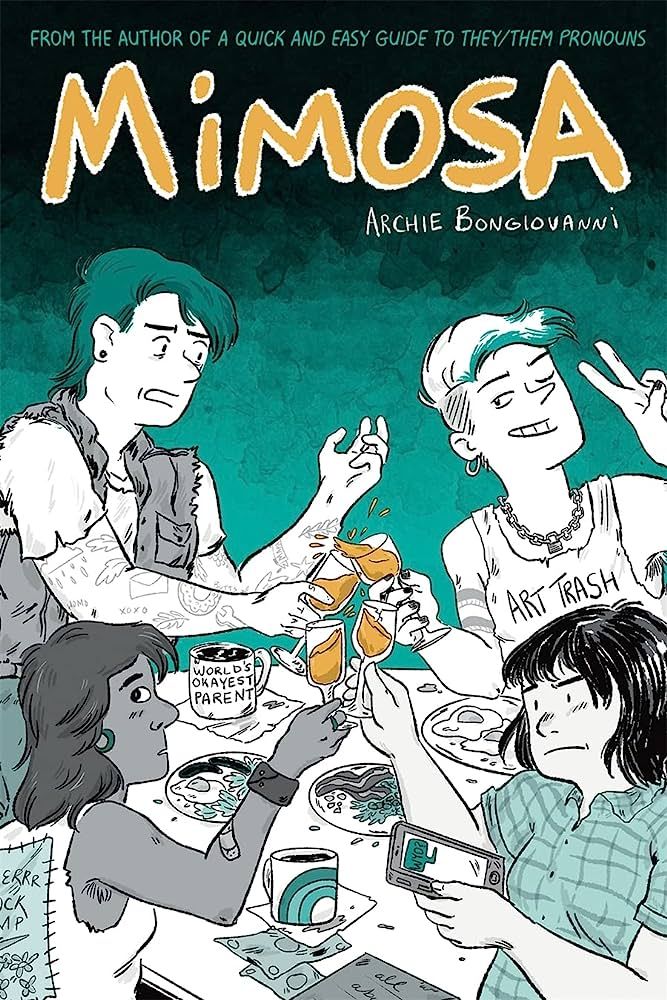
Books About Queer Elders Give Me Hope for the Future
Through my teen and college years, I read a lot of LGBTQ YA books. Any I could find at the library (there weren’t many at the time but there were some, like Two Boys Kissing by David Levithan). I was closeted through high school and because the gay-straight alliance required a parent’s permission slip, I didn’t join. Books were, for me, a portal into a world where I could find queer friends and hope to live openly as myself someday. They made me feel less alone.
Then, after graduating college, I started reading queer adult romance books. I’m the oldest in my family, the first to leave home and figure out how to build my own life. I finally had enough spending money to buy my own books, and I gravitated to ones like Casey McQuiston’s Red, White and Royal Blue or Annabeth Albert’s Conventionally Yours. The characters in these stories were in their early 20s like me, grappling with similar questions about their futures. They reminded me of my friends, my partner, and myself.
Interestingly, while I still read a lot of books with characters around the same age as I am, I read and look for considerably more books about queer characters who are older than me. It started, I think, with Matt Cain’s The Secret Life of Albert Entwistle.
Albert and I are at very different points in our lives. He’s a retiring mailman seeking to reconnect with his lost love and coming out to others for the first time. I’m in my mid-20s, a few years into a career that I’m still deciding what exactly I want to do with, and just starting a future with my husband. So why do I find so much comfort in and seek out books starring older queer characters?
Which isn’t to say that I only read books whose characters mirror the exact experiences of my own. But when I read books about older queer people, it feels like I’m looking into a window of possibilities for my life even though I won’t get there for another 20, 30, or more years.
In Albert’s case, it was reassuring for me to read about an elderly gay character who still struggled with social anxiety and didn’t have everything figured out. In my mid-20s, I faced a very specific pressure to reach an unattainable level of perfection in all areas of my life before I turn 30 lest I never establish it. But when Albert turned 65, he was just starting to work through decades of trauma and build a life that brought him happiness. It helped me see life as less of a checklist and more of an experience allowing for continual growth and change.

A queer romance starring an older couple — A Tale of Two Florists by Brenna Bailey — led me to imagine what my husband and my relationship might look like once we reach our 70s. In it, two women living in a small Canadian town — one a lifelong resident, one a new shopkeeper — forge an instant rivalry as the town’s only florists before unexpectedly falling in love.
It’s hard sometimes to imagine my husband and me reaching various couple milestones — settling down, buying a home together, retiring — because I don’t know as many older queer couples in real life. Sometimes, that’s lonely, and — even though I know it’s not the case — it makes me feel like we’re in uncharted territory. Books about older queer couples reassure me that is far from the case and that, like them, we’ll be able to build a life of our own together.
I didn’t know any queer, let alone transgender people like me growing up. It wasn’t until college that I met others, mostly students like myself. I was and still am grateful to have known them, but I wished I had someone older to look up to. When things got difficult in my life after transitioning, I longed for someone who would reassure me that I could get through it because they had.
Later, at a local Pride center, I met a trans woman in her 60s who became a good friend and mentor to me. I don’t know if even now she knows how much her friendship meant to me. She was recently retired and out to her wife who, while adjusting, loved and supported her through transition. She always gave thoughtful advice, with a longer-term perspective that I often lacked.
More than that, she helped me see for the first time what a future for myself might look like. She was facing her own uncertainties but she’d had a full career, found meaning in her hobbies, and shared a life with a spouse who loved her. On some subconscious level, I didn’t believe until then that I could have that, too. She gave me hope.
I think I’m searching for something similar when I read books about older queer characters. I want to know what life might be like for my husband and me 10, 20, 30 years from now — and I want to be reassured that whatever challenges that come to us, we’ll be able to face them and that things will be okay.
For my birthday, I picked out a graphic novel starring a group of queer friends in their 30s and 40s — Mimosa by Archie Bongiovanni. Unable to find LGBTQ spaces for post-twentysomethings, they start a queer event of their own for the 30+ crowd. Having met most of my trans friends in college, I worry as we get older and move to different cities that I won’t be able to make more queer friends in person. This story gave me hope that, no matter where life takes me, I’ll be able to share it with the people I care about — and that it’s never too late to make more queer friends, too.
Most queer narratives star characters in their teens and 20s, and I’m not saying those books aren’t important. Of course they are. But I think it’s important for queer folks of all ages to have books that reflect their current stages of life and help them imagine what their futures might look like — especially if they don’t have as many mentors in their own lives.
Interested in reading more books starring older queer characters? Here’s a quick rec list in addition to the titles I mentioned above to get you started:
- Mrs. Martin’s Incomparable Adventure by Courtney Milan
- The Four Profound Weaves by R.B. Lemberg
- The New Town Librarian by Kathy Anderson
- Bingo Love by Tee Franklin
- O Human Star by Blue Delliquanti













